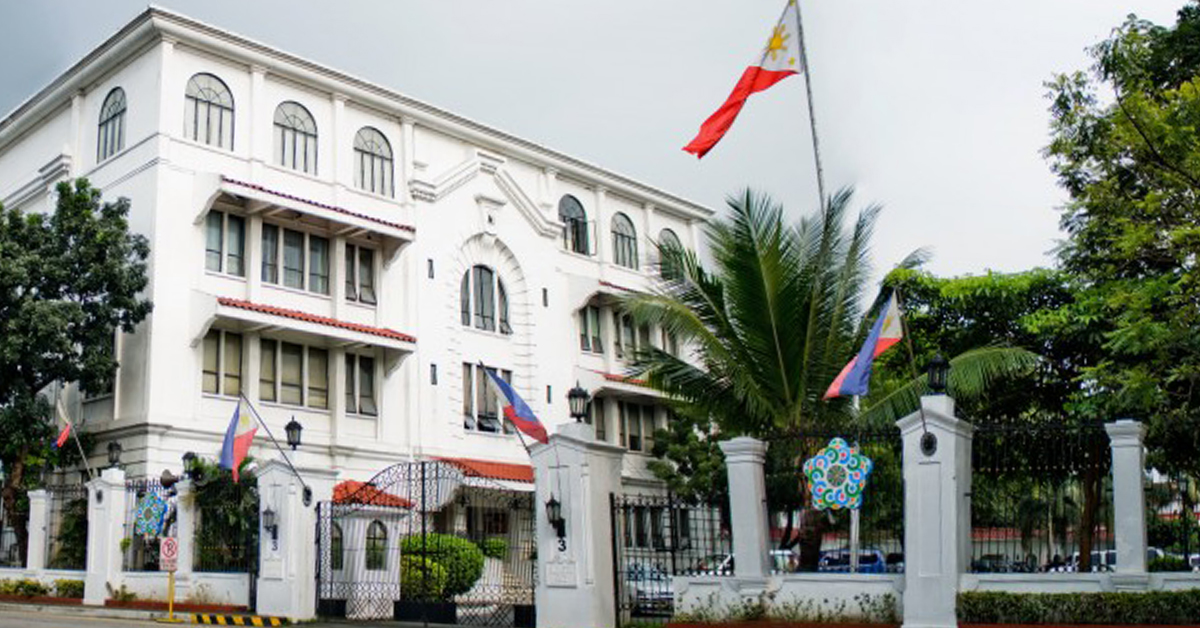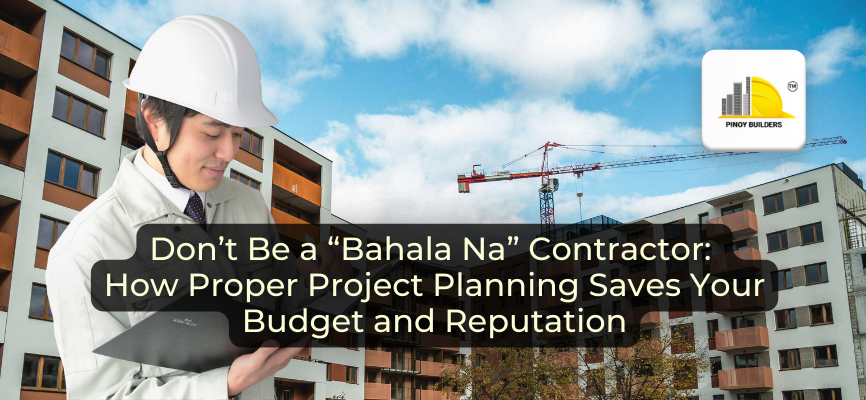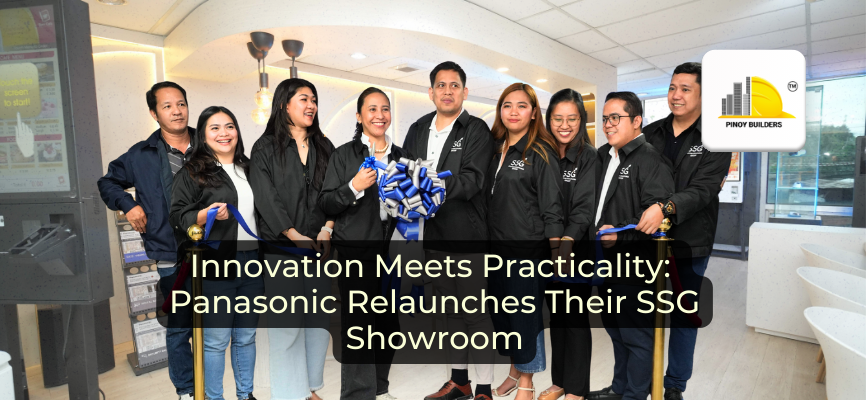Built in 1750, Malacañang Palace has since housed many presidents and served as the Philippines’ seat of government and presidency since the Philippine Commonwealth. As we welcome the new Administration, we look back at some facts to know about the presidential palace as we know it today.
That said, here are five facts about the Presidential Palace that are worth knowing.
The Malacañang Palace Was Once a Summer House
In the 1700s, the Malacañang Palace was a summer house owned by a wealthy Spanish merchant named Don Luis Rocha. Rocha sold the property for PHP1,000 to the then Manila Mayor Colonel José Miguel Formento. It would then be sold to the Spanish colonial government.

Back then, the incumbent governor-general lived in Intramuros’ Palacio del Gobernador. The Posesion de Malacañan was the housing for outgoing chief representatives as they awaited the next ship to Spain. However, an earthquake destroyed the Palacio del Gobernador in 1863, forcing Governor-General Rafael De Echague Y Bermingham to move to Malacañang – making him the first chief executive to live there.
Malacañan and Malacañang
While both Malacañan and Malacañang are accepted, the palace was officially known as Malacañan. They coined the term during the Spanish and American colonial period, as the Palace was located along the north bank of the Pasig River. The name “Malacañan” meant “place of the fisherman”.
In 1952, Former President Ramon Magsaysay changed it to Malacañang before being reverted to Malacañan by Former President Corazon Aquino in 1986. Today, however, both spellings are accepted by the public.
The Exterior of the Malacañang Palace is Bomb-proof and Bullet-proof
While the exterior of the Malacañang Palace is elegant and unimposing, it is one of the most secure places in the Philippines. Apart from the presence of the Presidential Security Group that guards it 24/7, no vessels can also cross the river in front of the Palace without clearance. Further, all the Malacañang Palace’s panels, floors, and ceilings are reinforced with materials like trusses, steel girders, concrete, and reinforced concrete slabs. The windows are also made of reinforced materials.

The Malacañang Palace also has its own power supply so the Palace can sustain itself, even in an emergency.
The Palace Was Heavily Renovated in the 1970s
The Malacañang Palace that we see today results from major renovations and expansions in the 1970s. Its structure was drastically expanded and had new rooms built, including the dining room and the Ceremonial Hall. The presidential quarters were also expanded with the construction of a new presidential bedroom.
The old Palace, according to the Presidential Museum and Library, was renovated to accommodate the needs of the presidential family. Apart from that, the renovations and expansions also covered up the deficiencies of repair jobs and renovations over the century.
The Malacañang Palace Survived World War II
The Malacañang Palace was spared from major bombing damage during World War II. The southwest side of the Palace was the only one hit by shelling, but the rest of the Palace was left intact. Other major government structures in Manila were heavily damaged or reduced to ruins, including the Manila Central Post Office, the Manila City Hall, the Old Legislative Building, and the Agriculture and Finance Buildings.
President Ferdinand “Bongbong” Marcos Jr., met with foreign diplomats on his first day in office on July 1, 2022. As we welcome the new administration, it’s important to look back at the history of the Malacañang Palace to know the place of the Presidential Palace in our country’s colorful political history.

Sources:
- Dilay, G. (2021, June 10). The Evolution of Malacañang Palace: An Architecture Story Beyond Beautification. BluPrint. https://bluprint.onemega.com/malacanang-palace/
- Dec 28, M. A. L. |, & 2018. (n.d.). Fascinating Facts and Secrets About Malacanang Palace. Esquiremag.ph. https://www.esquiremag.ph/the-good-life/pursuits/malacanang-palace-facts-a1957-20181228-lfrm
- Santos, E. P. (2016, June 22). Things you may not know about the Malacañan Palace. Cnn. https://www.cnnphilippines.com/news/2016/06/22/Malaca%C3%B1an-Palace-Rodrigo-Duterte.html










